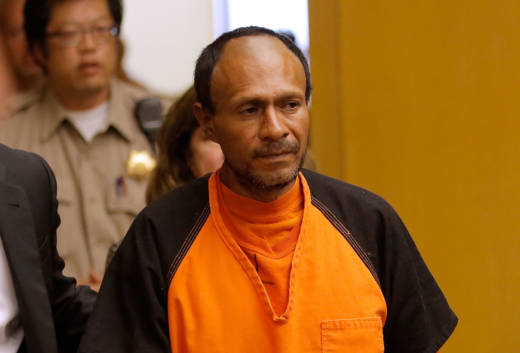Forensic firearms consultant Alan Voth spent 35 years in the Royal Canadian Mounted Police, he testified on Wednesday, including decades as a forensic firearms analyst. He said he has studied -- and published articles on -- accidental gunshots and estimated he personally investigated about 100 cases involving unintentional discharges.
He also said he had accidentally fired his own weapon five times.
"If you handle firearms long enough, you're going to have an unintentional discharge," Voth testified. "The only unknown is where the bullet is going to go."
He described what he called eight "indicators" of a potential accidental shooting:
- Firing a single shot
- Training of the individual involved
- The presence of self-inflicted wounds
- Whether there is an apparent "lack of deliberate aiming"
- An "illogical" initial striking point of the bullet
- No apparent motivation for firing the shot.
- A lack of planning before the shot
- The actions of the shooter after the shot was fired
He said he would categorize the ricochet in the Steinle case as an illogical bullet strike.
"There's no apparent reason to fire a shot at a concrete pier," he said.
It took defense attorney Matt Gonzalez three tries to ask Voth what his ultimate conclusion on the Steinle shooting was. Prosecutor Diana Garcia repeatedly objected, arguing that whether the shooting was an accident was an "ultimate fact for the jury to decide."
Gonzalez tried again, reciting key facts about the case as a hypothetical question: a single shot, fired from a seated position, with the bullet traveling 12 feet before ricocheting and another 78 feet before striking a person in the back.
"What's your opinion?" Gonzalez asked, and Judge Samuel Feng overruled Garcia's third objection.
"They're all indicators of an unintentional discharge," Voth said, adding that the shooting was probably accidental.
Garcia asked Voth during cross-examination whether he'd reviewed an interview between San Francisco homicide inspectors and Garcia Zarate the night of the shooting, during which the defendant agreed with the officers at one point that he had held the gun and fired it. Voth said he had not reviewed the interview.
Garcia also pointed out that Garcia Zarate threw the gun into the bay within seconds of the shooting, and then immediately left the pier.
